Discover Recording & Mixing
Recording & Mixing

Recording & Mixing
Author: Sound On Sound
Subscribed: 294Played: 6,064Subscribe
Share
© Copyright 2024 Sound On Sound Ltd
Description
Welcome to the Sound On Sound Recording and Mixing podcast channel where you’ll find shows packed with Hints & Tips about getting the most out of the recording, mixing and mastering process.
More information and content can be found at www.soundonsound.com/podcasts | Facebook, Twitter and Instagram - @soundonsoundmag | YouTube - https://www.youtube.com/user/soundonsoundvideo
More information and content can be found at www.soundonsound.com/podcasts | Facebook, Twitter and Instagram - @soundonsoundmag | YouTube - https://www.youtube.com/user/soundonsoundvideo
68 Episodes
Reverse
Paul White and Hugh Robjohns pick their software and hardware highlights from the gear they've reviewed in the last 12 months.Chapters00:00 - Introduction00:14 - Cranborne Audio Brick Lane Compressor03:56 - Soundtoys SpaceBlender05:40 - Braingasm Ocula 08:18 - Sub51 And Soundtrax Drop Pad09:16 - Red Panda Radius Ring Modulator10:40 - Source Audio Encounter Delay+Reverb11:45 - Electro-Harmonix Oceans Abyss13:05 - Sound Devices Astral ARX16 Receiver15:23 - Sound Devices Astral HH Transmitter16:31 - Sound Devices Astral TX Transmitter17:17 - RME ADI-2/4 Pro Converter18:34 - Newfangled Audio Articulate Audio ADSR 19:54 - Overloud THU v2 Guitar Amp Simulator20:37 - Grace Design m701 Audio InterfaceGear4Music (affiliate link UK/EU only)Red Panda RadiusEHX Oceans AbyssSweetwater (affiliate link North America only)Cranborne Brick Lane 500 Red Panda RadiusSource Audio EncounterEHX Oceans AbyssSound Devices Astral ARX16Sound Devices Astral HHSound Devices Astral TXRME ADI-2-4 Pro SEGrace Design m701 #cranborneaudio #soundtoys #braingasm #sub51 #soundtrax #redpanda #sourceaudio #electroharmonix #sounddevices #rme #newfangledaudio #overloud #gracedesignPaul White BiogPaul White initially trained in electronics at The Royal Radar Establishment in Malvern then went on to work with Malvern Instruments, a company specialising in laser analysis equipment, before moving into technical writing. He joined the Sound On Sound team in 1991 where he became Editor In Chief, a position he held for many years before recently becoming Executive Editor. Paul has written more than 20 recording and music technology textbooks, the latest being The Producer’s Manual.Having established his own multitrack home studio in the 1980s he’s worked with many notable names including Bert Jansch and Gordon Giltrap. He’s played in various bands over the years and currently collaborates with Malvern musician Mark Soden, under the name of Cydonia Collective. Paul still performs live claiming that as he has suffered for his music he doesn’t see why everyone else shouldn’t too!http://www.cydoniacollective.co.uk/Hugh Robjohns BiogHugh Robjohns has been Sound On Sound´s Technical Editor since 1997. Prior to that he worked in a variety of (mostly) sound-related roles in BBC Television, ending up as a Sound Operations Lecturer at the BBC´s technical training centre. He continues to provide audio consultancy and bespoke broadcast audio training services all over the world, lectures at professional and public conventions, and occasionally records and masters acoustic and classical music too!Catch more shows on our other podcast channels: https://www.soundonsound.com/sos-podcasts
In this episode, Paul White and Hugh Robjohns address some of the most frequently-asked questions about home studio recording and production. They share practical, experience-based advice to help you get the best results from your setup, whatever your budget or space.Chapters00:00 - Introduction00:14 - Improving Your Room Acoustics 02:29 - Working On Headphones04:13 - Dampening With A Duvet05:50 - Choosing The Right Speakers06:50 - Mics And Preamps09:02 - Cables And Connectors11:28 - Hardware Vs Plug-ins14:09 - When To Add A Patchbay16:18 - Preparing Music For Streaming18:59 - Bass Drivers And Room Size#IsoAcoustics #AKGC414 #NeumannU87 #AudioTechnica2020 #ShureSM57 #ShureSM58 #Neutrik #CannonPaul White BiogPaul White initially trained in electronics at The Royal Radar Establishment in Malvern then went on to work with Malvern Instruments, a company specialising in laser analysis equipment, before moving into technical writing. He joined the Sound On Sound team in 1991 where he became Editor In Chief, a position he held for many years before recently becoming Executive Editor. Paul has written more than 20 recording and music technology textbooks, the latest being The Producer’s Manual.Having established his own multitrack home studio in the 1980s he’s worked with many notable names including Bert Jansch and Gordon Giltrap. He’s played in various bands over the years and currently collaborates with Malvern musician Mark Soden, under the name of Cydonia Collective. Paul still performs live claiming that as he has suffered for his music he doesn’t see why everyone else shouldn’t too!http://www.cydoniacollective.co.uk/Hugh Robjohns BiogHugh Robjohns has been Sound On Sound´s Technical Editor since 1997. Prior to that he worked in a variety of (mostly) sound-related roles in BBC Television, ending up as a Sound Operations Lecturer at the BBC´s technical training centre. He continues to provide audio consultancy and bespoke broadcast audio training services all over the world, lectures at professional and public conventions, and occasionally records and masters acoustic and classical music too!Catch more shows on our other podcast channels: https://www.soundonsound.com/sos-podcasts
Eddie Bazil explores advanced vocal processing techniques to achieve a clean, professional vocal track. He demonstrates how to control sibilance, tame resonances and apply quick corrective steps that enhance vocal clarity and ensure the performance sits perfectly in the track.Chapters00:00 - Introduction00:30 - Common Vocal Track Issues01:04 - Example 1: De-essing Sibilance08:57 - Example 2: Taming Resonance With EQ16:13 - Example 3: Reverb Ducking25:22 - Example 4: Frequency DuckingTrack CreditsExample 1 - written and performed by David Plummer and Becky Bremner - https://www.smokinggoats.co.ukExamples 2, 3 and 4 - ‘Puppet’ written, performed and recorded by John Walden, vocals by Yvonne McKeown#SSLVocalStrip #FabFilterProDS #FabFilterProQ3 #FabFilterMBC #FabFilterProC #UnfilteredAudioTails #TokyoDawnNovaGEEddie Bazil BiogEddie Bazil launched his music industry career at the age of 17 as a synth programmer for a range of Electro / New Wave bands, including Art Of Noise, Spandau Ballet, Pet Shop Boys, Bobin, Paul Dee, DJ Krush, DJ Shadow, Jets Orchestra, and many more. By his 20s, he was working as a sound designer for Akai, Roland, Emu/Ensoniq, eventually signing on exclusively with the latter. Later, due to a growing demand for software instruments and libraries, Eddie began developing libraries for various software manufacturers, including Native Instruments, Kiesel, Sound Effects Library, Rob Papen, Arturia, and Propellerheads.During this time, he trained in music production. He soon gained several prominent contracts working with some notable artistes such as Busta Rhymes, Greensleeves, 9 Bar, SFP, Sleeveless, Chris Campbell and Gam Productions. He contracted to Island Records and Chrysalis as a producer and remixer, and was commissioned to write the score for Macbeth that ran at 2 Way Mirror at Alexander Palace for the Cambridge Shakespeare Company. This led to him offering educational workshops and classes, and becoming a contributing creator and Forum moderator for Sound On Sound.Recently, he was invited by the Recording Academy to become a professional member, approved educator, and mentor for their member base. Eddie now concentrates on providing private sound design and mixing/production tuition, and creating content for Sound On Sound magazine.https://eddiebazil.co.uk/Catch more shows on our other podcast channels: https://www.soundonsound.com/sos-podcasts
Paul White explores the creative potential of using 'found' sounds, demonstrating how items found within your surroundings can be sampled, manipulated and transformed into complete tracks within your DAW using a few simple tools.Chapters00:00 - Introduction00:36 - Software Options01:27 - Methods Used For This Demo01:58 - Creating A String Patch04:49 - A Few More Examples08:03 - Constructing A Unique Percussion Kit11:01 - Layering Sounds With Synth Pads12:13 - Using The Voice Creatively13:00 - A Finished Track Using The Sampled SoundsPaul White BiogPaul White initially trained in electronics at The Royal Radar Establishment in Malvern then went on to work with Malvern Instruments, a company specialising in laser analysis equipment, before moving into technical writing. He joined the Sound On Sound team in 1991 where he became Editor In Chief, a position he held for many years before recently becoming Executive Editor. Paul has written more than 20 recording and music technology textbooks, the latest being The Producer’s Manual and in 2010 he received a BASCA award for his contributions to the music industry.Having established his own multitrack home studio in the 1980s he’s worked with many notable names including Bert Jansch and Gordon Giltrap. He’s played in various bands over the years and currently collaborates with Malvern musician Mark Soden, under the name of Cydonia Collective. Paul still performs live claiming that as he has suffered for his music he doesn’t see why everyone else shouldn’t too!http://www.cydoniacollective.co.uk/Catch more shows on our other podcast channels: https://www.soundonsound.com/sos-podcasts
David Mellor explores how the Yamaha NS-10M monitors became a studio staple and why, decades after being discontinued, engineers are still seeking out second-hand pairs.Chapters00:00 - Introduction00:15 - Why NS-10Ms Became a Studio Staple02:11 - Making Better Mixing Decisions03:49 - A Second Pair of NS-10Ms05:23 - Mixing With Missing Frequencies09:11 - Reflex vs Closed Box Monitors11:35 - Why Pleasant Isn’t Always Better13:29 - Mixes That Translate15:40 - Making Rapid Mixing Decisions18:52 - The Case for Closed-Box MonitorsThe Phil Ward Article - https://www.soundonsound.com/reviews/yamaha-ns10-storyDavid Mellor BiogDavid Mellor got his start in pro audio through the Tonmeister course at Surrey University studying music, piano performance, acoustics, electronics, electro-acoustics and recording.He went on to work at London's Royal Opera House, with responsibilities including sound design, front-of-house operation, stage monitoring and electronic design satisfying the likes of Luciano Pavarotti, Placido Domingo, Dame Kiri Te Kanawa and Karlheinz Stockhausen. David has also had over 600 works published in the field of production music. Notable uses of his music include the BBC's Horizon, Fahrenheit 911, and the Oprah Winfrey Show.David has been actively involved in Audio Education since 1986, teaching students of City of Westminster College and Westminster University, also returning to guest lecture at Surrey University. From 2001 until recently David has offered courses in audio online with Audio Masterclass. David now enjoys making YouTube videos for his 84,000 subscribers and releasing music on streaming services and Bandcamp for his dozen or so listeners.YouTube - https://www.youtube.com/@audiomasterclassSpotify - https://open.spotify.com/artist/6OkaDx4vB4O2ssUA5p4M8gBandcamp - https://davidmellor.bandcamp.com/Catch more shows on our other podcast channels: https://www.soundonsound.com/sos-podcasts
In this episode, David Mellor continues his exploration of microphone polar patterns by discussing techniques for capturing stereo recordings. He examines how the choice of polar pattern and microphone placement can be used effectively to achieve a balanced and immersive stereo image.Chapters00:00 - Introduction01:10 - Defining Mono03:08 - Binaural Recording04:24 - Defining Stereo05:28 - Number Of Mics And Placement06:58 - Polar Patterns07:48 - Figure of 8 Demo09:09 - The Blumlein Pair Configuration11:05 - Coincident Cross Pair Figure Of 8 With Demonstration16:53 - Coincident Cross Pair Of Cardioid With Demonstration21:35 - Mic Spacing - The ORTF Configuration24:31 - Mic Spacing - Omnidirectional Without Angling27:28 - Medley Of Configurations29:38 - SummaryDavid Mellor BiogDavid Mellor got his start in pro audio through the Tonmeister course at Surrey University studying music, piano performance, acoustics, electronics, electro-acoustics and recording.He went on to work at London's Royal Opera House, with responsibilities including sound design, front-of-house operation, stage monitoring and electronic design satisfying the likes of Luciano Pavarotti, Placido Domingo, Dame Kiri Te Kanawa and Karlheinz Stockhausen. David has also had over 600 works published in the field of production music. Notable uses of his music include the BBC's Horizon, Fahrenheit 911, and the Oprah Winfrey Show.David has been actively involved in Audio Education since 1986, teaching students of City of Westminster College and Westminster University, also returning to guest lecture at Surrey University. From 2001 until recently David has offered courses in audio online with Audio Masterclass. David now enjoys making YouTube videos for his 84,000 subscribers and releasing music on streaming services and Bandcamp for his dozen or so listeners.YouTube - https://www.youtube.com/@audiomasterclassSpotify - https://open.spotify.com/artist/6OkaDx4vB4O2ssUA5p4M8gBandcamp - https://davidmellor.bandcamp.com/Catch more shows on our other podcast channels: https://www.soundonsound.com/sos-podcasts
David Mellor discusses how to create custom effects in a DAW without relying on expensive plug-ins. Here he demonstrates his approach to creating a filter pan effect using an EQ with high-pass and low-pass filters, highlighting how custom effects can help give your music a unique edge.Chapters00:00 - Introduction02:05 - Pan Effect03:02 - Mono Pan04:30 - Static Pan06:21 - Music Track06:42 - Creative Pan Effect09:00 - Pan Effect Using A Low-Pass Filter 13:23 - Crossfading Using Filters17:15 - Effecting Individual Instruments #slatedigital #infinityeq #protoolsDavid Mellor BiogDavid Mellor got his start in pro audio through the Tonmeister course at Surrey University studying music, piano performance, acoustics, electronics, electro-acoustics and recording.He went on to work at London's Royal Opera House, with responsibilities including sound design, front-of-house operation, stage monitoring and electronic design satisfying the likes of Luciano Pavarotti, Placido Domingo, Dame Kiri Te Kanawa and Karlheinz Stockhausen. David has also had over 600 works published in the field of production music. Notable uses of his music include the BBC's Horizon, Fahrenheit 911, and the Oprah Winfrey Show.David has been actively involved in Audio Education since 1986, teaching students of City of Westminster College and Westminster University, also returning to guest lecture at Surrey University. From 2001 until recently David has offered courses in audio online with Audio Masterclass. David now enjoys making YouTube videos for his 84,000 subscribers and releasing music on streaming services and Bandcamp for his dozen or so listeners.YouTube - https://www.youtube.com/@audiomasterclassSpotify - https://open.spotify.com/artist/6OkaDx4vB4O2ssUA5p4M8gBandcamp - https://davidmellor.bandcamp.com/Catch more shows on our other podcast channels: https://www.soundonsound.com/sos-podcasts
In this episode, sound-designer Eddie Bazil looks at ways of enhancing a variety of individual tracks and full mixes using plug-ins that are designed to achieve the retro warmth and cohesion of tapes and valves.Chapters00:00 - Introduction01:32 - What Is Harmonic Distortion02:32 - Advances In Music Production Quality04:47 - The Introduction Of CD05:59 - Triodes And Pentodes Vacuum Tubes06:47 - Analysing Harmonic Content07:56 - Example 1: TR-808 Sub Bass10:35 - Example 2: Affecting A Whole Mix*12:39 - Example 3: Adding Saturation15:07 - The Benefits Of Tape17:26 - Example 4: Applying Tape Effects To A Bassline*20:59 - Example 5: Adding Tape To Beats23:47 - Example 6: Enhancing A Piano Track26:56 - Summary* Demonstration track ‘Puppet’ (Examples 2 and 4), written, performed and recorded by John Walden. Vocals sung by Yvonne McKeown.#voxengospan #SummitAudio #T-RackS #Kraftur #Aphex #SSLEddie Bazil BiogEddie Bazil launched his music industry career at the age of 17 as a synth programmer for a range of Electro / New Wave bands including Art of Noise, Spandau Ballet, Pet Shop Boys, Bobin, Paul Dee, DJ Krush, DJ Shadow, Jets Orchestra. By his 20s he was working as a sound designer for Akai, Roland Emu/Ensoniq, eventually signing on exclusively with the latter. Later, due to a growing demand for software instruments and libraries, Eddie started to develop libraries for various software manufacturers, including Native Instruments, Kiesel, Sound Effects Library, Arturia and Propellerheads. A meeting with Phil Allen, a Capital Radio DJ, resulted in the company Samplecraze, which Eddie has spent 20 years developing as an educational resource. At this time he trained in music production and soon gained a number of prominent contracts working with some notable artistes such as Busta Rhymes, Greensleeves, 9 Bar, SFP, Sleeveless, Chris Campbell and Gam Productions. He contracted to Island Records and Chrysalis as a producer and remixer, plus was commissioned to write the score for Macbeth that ran at 2 Way Mirror at Alexander Palace for the Cambridge Shakespeare Company. His ongoing development of Samplecraze has led to him offering educational workshops and classes, releasing four books via PC Publishing and becoming a contributor and forum moderator for Sound On Sound. Recently he has established The Audio Production Hub for online education and been invited by the Recording Academy to become a Grammy judge.https://eddiebazil.co.uk/https://samplecraze.com/Catch more shows on our other podcast channels: https://www.soundonsound.com/sos-podcasts
Paul White delves into the fun world of modelled guitars, amps and cabs, that cannot only make your songwriting and studio sessions more creative and unique, but can also greatly assist with streamlining live performances.Chapters00:00 - Introduction00:12 - Techniques For Modelling Amps And Cabs04:22 - Amplifier Cloning05:49 - Compression To Improve Tonal Quality07:58 - Adding Room Ambience09:41 - Cleaning Up The Sound With EQ10:51 - Guitar Modelling Options13:05 - Why We Have Split Pickups16:24 - Non-Guitar Sounds At Your Fingertips18:12 - Modelled Bass Guitars#BossVG800 #MODOBass2Paul White BiogPaul White initially trained in electronics at The Royal Radar Establishment in Malvern then went on to work with Malvern Instruments, a company specialising in laser analysis equipment, before moving into technical writing. He joined the Sound On Sound team in 1991 where he became Editor In Chief, a position he held for many years before recently becoming Executive Editor. Paul has written more than 20 recording and music technology textbooks, the latest being The Producer’s Manual.Having established his own multitrack home studio in the 1980s he’s worked with many notable names including Bert Jansch and Gordon Giltrap. He’s played in various bands over the years and currently collaborates with Malvern musician Mark Soden, under the name of Cydonia Collective. Paul still performs live claiming that as he has suffered for his music he doesn’t see why everyone else shouldn’t too!http://www.cydoniacollective.co.uk/
In this episode, Paul White looks at some creative ways that you can manipulate the standard plug-ins found in your DAW, using them alone or in combination with one another, to create some unique sounds, effects and rhythms. Chapters00:00 - Introduction00:08 - Hard Tune Effect01:39 - Processing Speech03:15 - Fast Pitch Processing04:04 - Using Match EQ On Guitars06:07 - Distortion And Reverb07:14 - Adding In Pitch Shift07:41 - Reverb And Distortion 09:07 - Adding More Reverb And Delay10:02 - Using Distortion On Drums11:30 - Using A Rotary Speaker On Drums12:43 - Using An Impulse Response With Convolution ReverbPaul White BiogPaul White initially trained in electronics at The Royal Radar Establishment in Malvern then went on to work with Malvern Instruments, a company specialising in laser analysis equipment, before moving into technical writing. He joined the Sound On Sound team in 1991 where he became Editor In Chief, a position he held for many years before recently becoming Executive Editor. Paul has written more than 20 recording and music technology textbooks, the latest being The Producer’s Manual.Having established his own multitrack home studio in the 1980s he’s worked with many notable names including Bert Jansch and Gordon Giltrap. He’s played in various bands over the years and currently collaborates with Malvern musician Mark Soden, under the name of Cydonia Collective. Paul still performs live claiming that as he has suffered for his music he doesn’t see why everyone else shouldn’t too!http://www.cydoniacollective.co.uk/Catch more shows on our other podcast channels: https://www.soundonsound.com/sos-podcasts
Paul White and Hugh Robjohns pick their software and hardware highlights from the gear they've reviewed in the last 12 months.Chapters00:00 - Introduction00:24 - Lynx Hilo 202:49 - Blackstar Polar 2 / Polar 403:39 - AEA TRP 3 Preamp 05:40 - Logic Pro 1107:24 - RME Fireface UFX III09:57 - Dreamtonics Vocoflex 11:33 - Hum Audio LAAL Limiter13:43 - FireSonic FireSpacer14:54 - Crookwood VU Meter17:03 - Nektar Panorama CS1217:42 - IK Multimedia Tonex One18:23 - Sound Particles inDelay19:19 - Sonnect SoundWire InterfacePaul White BiogPaul White initially trained in electronics at The Royal Radar Establishment in Malvern then went on to work with Malvern Instruments, a company specialising in laser analysis equipment, before moving into technical writing. He joined the Sound On Sound team in 1991 where he became Editor In Chief, a position he held for many years before recently becoming Executive Editor. Paul has written more than 20 recording and music technology textbooks, the latest being The Producer’s Manual.Having established his own multitrack home studio in the 1980s he’s worked with many notable names including Bert Jansch and Gordon Giltrap. He’s played in various bands over the years and currently collaborates with Malvern musician Mark Soden, under the name of Cydonia Collective. Paul still performs live claiming that as he has suffered for his music he doesn’t see why everyone else shouldn’t too!http://www.cydoniacollective.co.uk/Hugh Robjohns BiogHugh Robjohns has been Sound On Sound´s Technical Editor since 1997. Prior to that he worked in a variety of (mostly) sound-related roles in BBC Television, ending up as a Sound Operations Lecturer at the BBC´s technical training centre. He continues to provide audio consultancy and bespoke broadcast audio training services all over the world, lectures at professional and public conventions, and occasionally records and masters acoustic and classical music too!Catch more shows on our other podcast channels: https://www.soundonsound.com/sos-podcasts
For musicians and producers that struggle to finish tracks, Eddie Bazil explains the benefits of creating musical snippets and gives us some examples as to how we can tap into different moods, use sound design techniques to create something unique that becomes a useable addition to our musical catalogues and create pieces that stand the test of time.“Snippets and the creating of, serve to strengthen sound ideas, hone mixing and production skills, help to understand timing and flow, act as a testbed for song structuring ideas and are the playground for testing and mastering all manner of plug-ins”.Chapters00:00 - Introduction00:19 - What Is A Snippet?01:53 - The Benefits Of Creating Snippets04:26 - Planning Your Snippets06:07 - Sound Design06:53 - Example 1: Phased Pad17:33 - Example 2: Happy, Mood-Lifting 22:01 - Example 3: Drama And Tension#SoundtoysPhaseMistress #FabFilterTimeless2 #EventideBlackhole #SteinbergGrooveagent #GforceimpOSCar3 #WavesOvoxVocoder #SteinbergHalionTrip #RobPapenAlbino #Kontakt #NIMaschine2 #AirHybrid3Eddie Bazil BiogEddie Bazil launched his music industry career at the age of 17 as a synth programmer for a range of Electro / New Wave bands including Art of Noise, Spandau Ballet, Pet Shop Boys, Bobin, Paul Dee, DJ Krush, DJ Shadow, Jets Orchestra. By his 20s he was working as a sound designer for Akai, Roland Emu/Ensoniq, eventually signing on exclusively with the latter. Later, due to a growing demand for software instruments and libraries, Eddie started to develop libraries for various software manufacturers, including Native Instruments, Kiesel, Sound Effects Library, Arturia and Propellerheads. A meeting with Phil Allen, a Capital Radio DJ, resulted in the company Samplecraze, which Eddie has spent 20 years developing as an educational resource. At this time he trained in music production and soon gained a number of prominent contracts working with some notable artistes such as Busta Rhymes, Greensleeves, 9 Bar, SFP, Sleeveless, Chris Campbell and Gam Productions. He contracted to Island Records and Chrysalis as a producer and remixer, plus was commissioned to write the score for Macbeth that ran at 2 Way Mirror at Alexander Palace for the Cambridge Shakespeare Company. His ongoing development of Samplecraze has led to him offering educational workshops and classes, releasing four books via PC Publishing and becoming a contributor and forum moderator for Sound On Sound. Recently he has established The Audio Production Hub for online education and been invited by the Recording Academy to become a Grammy judge.https://eddiebazil.co.uk/https://samplecraze.com/Catch more shows on our other podcast channels: https://www.soundonsound.com/sos-podcasts
Paul White and Hugh Robjohns talk us through four essential studio effects that every music producer or mix engineer needs to know for creating an effective mix, placing them in order of importance and giving an insight into how they can be used effectively.Chapters00:00 - Introduction00:21 - Effect 1: Reverb02:11 - Convolution Reverb04:28 - Reverb Controls05:53 - Using Aux Sends08:00 - Effect 2: EQ08:57 - EQ Filters11:44 - The Shelving Filter13:40 - Parametric EQ14:17 - Cutting Vs Boosting15:26 - Effect 3: Delay16:21 - Where To Use Delay17:40 - Effect 4: Compression18:43 - Setting Threshold and Ratio19:51 - Soft-Knee Compression20:33 - Tweaking Presets22:08 - Other Controls26:02 - Parallel Compression30:11 - Creative Modulation Effects30:58 - Using Effects SparinglyPaul White BiogPaul White initially trained in electronics at The Royal Radar Establishment in Malvern then went on to work with Malvern Instruments, a company specialising in laser analysis equipment, before moving into technical writing. He joined the Sound On Sound team in 1991 where he became Editor In Chief, a position he held for many years before recently becoming Executive Editor. Paul has written more than 20 recording and music technology textbooks, the latest being The Producer’s Manual.Having established his own multitrack home studio in the 1980s he’s worked with many notable names including Bert Jansch and Gordon Giltrap. He’s played in various bands over the years and currently collaborates with Malvern musician Mark Soden, under the name of Cydonia Collective. Paul still performs live claiming that as he has suffered for his music he doesn’t see why everyone else shouldn’t too!http://www.cydoniacollective.co.uk/Hugh Robjohns BiogHugh Robjohns has been Sound On Sound´s Technical Editor since 1997. Prior to that he worked in a variety of (mostly) sound-related roles in BBC Television, ending up as a Sound Operations Lecturer at the BBC´s technical training centre. He continues to provide audio consultancy and bespoke broadcast audio training services all over the world, lectures at professional and public conventions, and occasionally records and masters acoustic and classical music too!Catch more shows on our other podcast channels: https://www.soundonsound.com/sos-podcasts
Pro Audio Design Engineer Andy Bereza summarises his impressive career in a chat with Paul Gilby. Andy founded Allen & Heath Mixers before working for TEAC/Tascam, where he conceived the TEAC Portastudio the portable multitrack cassette tape recorder that revolutionised the home recording market in the 1980s. He then co-founded Bandive-Turnkey where he developed a range of budget signal processors and the famous Great British Spring reverb to sell to the rapidly expanding Home Studio Recording market. At the same time, he was a consultant for the Fostex X15 multitrack cassette as well as helping to steer further product designs. Chapters00:00 - Introduction00:34 - Getting Into Electronics01:45 - Building Custom Desks04:09 - Allen & Heath Mixers06:07 - The Minimixer08:54 - The Pink Floyd Desks12:24 - Allen & Heath Mod II Mixer13:20 - Expanding The Company15:23 - Moving To Tascam 16:58 - Constructing The Portastudio 21:57 - Setting Up Bandive / Turnkey24:55 - Creating Products For The Home Studio 29:03 - Fostex Releases in the 80s30:48 - Bandive Seck Mixers32:08 - Expanding Turnkey35:14 - Selling To Harman38:38 - Launching Digital Postcards41:07 - A Brief Career Summary42:13 - Proudest Career MomentAndy Bereza BiogAndy Bereza started his career as a Audio Design Engineer after moving to London in 1967 to study Electronics at Chelsea University. A chance encounter with Siggy Jackson in Tin Pan Alley gave him his first custom commission and many more soon followed, with Andy building mixers for Bill Shepherd (producer of the Bee Gees), Alan Price, Maurice Gibb and also a location recording mixer for the Clockwork Orange movie.In 1970 Andy became the Founder of Allen & Heath, where he initially developed the black range of mixers, then their first mass market product the Minimix. At the same time he creating custom quadraphonic live desks for The Who along with Pink Floyd's Pompeii and Dark Side Of The Moon touring desks.In 1975, Andy joined TEAC America and was employed to introduce Tascam into Europe. Then in 1976 he was contracted directly with TEAC Japan where he developed the iconic Portastudio that changed the face of the home recording industry. In 1977 he became one of the founders of Bandive Ltd and helped to develop further products for the home recording market and created the popular Turnkey By Mail catalogue during the late 1970s to mid 80s. Bandive then opened the Turnkey retail store in central London.Following the sale of Bandive / Turnkey to Harman UK in 1987, he briefly became their Marketing Director, before signing up to become Managing Director of Fostex in 1991. Later in the 90s Andy left the Pro Audio industry and turned his attention to multimedia where he developed interactive product catalogues on CD-ROM.Paul Gilby BiogPaul Gilby is the co-founder, along with his brother Ian, of Sound On Sound magazine in 1985. Having written many product reviews and interviews over the years he now heads up the Digital Media side of the business managing the team that looks after the SOS website as well as the video and podcast productions.Catch more shows on our other podcast channels: https://www.soundonsound.com/sos-podcasts
Paul White and Hugh Robjohns discuss the basics of a good home studio setup, including choosing the right equipment and setting up your space correctly for achieving the best recording and mixing results.Chapters00:00 - Introduction00:14 - Minimum Equipment00:54 - Audio Interfaces02:46 - Headphones and Speakers03:21 - Choosing A Microphone08:55 - Additional Accessories12:27 - Desks And Monitor Stands16:21 - Speakers And Acoustic Treatment21:06 - Choosing Studio Monitors22:35 - Subwoofers And Bass Traps26:16 - Cutting Reflections For Vocals28:48 - Recaphttps://www.soundonsound.com/techniques/studio-sos-making-small-room-sound-goodPaul White BiogPaul White initially trained in electronics at The Royal Radar Establishment in Malvern then went on to work with Malvern Instruments, a company specialising in laser analysis equipment, before moving into technical writing. He joined the Sound On Sound team in 1991 where he became Editor In Chief, a position he held for many years before recently becoming Executive Editor. Paul has written more than 20 recording and music technology textbooks, the latest being The Producer’s Manual.Having established his own multitrack home studio in the 1980s he’s worked with many notable names including Bert Jansch and Gordon Giltrap. He’s played in various bands over the years and currently collaborates with Malvern musician Mark Soden, under the name of Cydonia Collective. Paul still performs live claiming that as he has suffered for his music he doesn’t see why everyone else shouldn’t too!http://www.cydoniacollective.co.uk/Hugh Robjohns BiogHugh Robjohns has been Sound On Sound´s Technical Editor since 1997. Prior to that he worked in a variety of (mostly) sound-related roles in BBC Television, ending up as a Sound Operations Lecturer at the BBC´s technical training centre. He continues to provide audio consultancy and bespoke broadcast audio training services all over the world, lectures at professional and public conventions, and occasionally records and masters acoustic and classical music too!Catch more shows on our other podcast channels: https://www.soundonsound.com/sos-podcasts
Not everyone has access to a professional studio with bespoke wiring. Here, Paul White and Hugh Robjohns discuss the best practises for avoiding and eliminating electrical noise interference in your home studio.Chapters00:00 - Introduction00:21 - Arranging Plugboards In A Home Studio02:09 - Uninterruptible Power Supplies03:59 - Grounding Issues In Laptop Systems07:19 - Radiated Interference08:54 - Isolated Power Supplies11:10 - Procedure For Eliminating Noise12:38 - Breaking The Ground Pathhttps://www.groundology.co.uk/https://artproaudio.com/Paul White BiogPaul White initially trained in electronics at The Royal Radar Establishment in Malvern then went on to work with Malvern Instruments, a company specialising in laser analysis equipment, before moving into technical writing. He joined the Sound On Sound team in 1991 where he became Editor In Chief, a position he held for many years before recently becoming Executive Editor. Paul has written more than 20 recording and music technology textbooks, the latest being The Producer’s Manual.Having established his own multitrack home studio in the 1980s he’s worked with many notable names including Bert Jansch and Gordon Giltrap. He’s played in various bands over the years and currently collaborates with Malvern musician Mark Soden, under the name of Cydonia Collective. Paul still performs live claiming that as he has suffered for his music he doesn’t see why everyone else shouldn’t too!http://www.cydoniacollective.co.uk/Hugh Robjohns BiogHugh Robjohns has been Sound On Sound´s Technical Editor since 1997. Prior to that he worked in a variety of (mostly) sound-related roles in BBC Television, ending up as a Sound Operations Lecturer at the BBC´s technical training centre. He continues to provide audio consultancy and bespoke broadcast audio training services all over the world, lectures at professional and public conventions, and occasionally records and masters acoustic and classical music too! Catch more shows on our other podcast channels: https://www.soundonsound.com/sos-podcasts
Eddie Bazil gives us more pointers on constructing beats, incorporating useful tools such as Drum Replacement Software and pre-constructed Loops, then adding enhancements using timing, pitch and other processing tips.Chapters00:00 - Introduction00:33 - Drum Replacement Software01:41 - Example 1: Using Hit'n'Mix RipX DAW 05:41 - Example 2: Making Loops Your Own11:36 - Example 3: Enhancing A Kick With Pitch And Timing Track credit for example 1: Ice Box featuring Omarion, produced by Timbaland - https://en.wikipedia.org/wiki/Ice_Box_(song)Eddie Bazil BiogEddie Bazil launched his music industry career at the age of 17 as a synth programmer for a range of Electro / New Wave bands including Art of Noise, Spandau Ballet, Pet Shop Boys, Bobin, Paul Dee, DJ Krush, DJ Shadow, Jets Orchestra. By his 20s he was working as a sound designer for Akai, Roland Emu/Ensoniq, eventually signing on exclusively with the latter. Later, due to a growing demand for software instruments and libraries, Eddie started to develop libraries for various software manufacturers, including Native Instruments, Kiesel, Sound Effects Library, Arturia and Propellerheads. A meeting with Phil Allen, a Capital Radio DJ, resulted in the company Samplecraze, which Eddie has spent 20 years developing as an educational resource. At this time he trained in music production and soon gained a number of prominent contracts working with some notable artistes such as Busta Rhymes, Greensleeves, 9 Bar, SFP, Sleeveless, Chris Campbell and Gam Productions. He contracted to Island Records and Chrysalis as a producer and remixer, plus was commissioned to write the score for Macbeth that ran at 2 Way Mirror at Alexander Palace for the Cambridge Shakespeare Company. His ongoing development of Samplecraze has led to him offering educational workshops and classes, releasing four books via PC Publishing and becoming a contributor and forum moderator for Sound On Sound. Recently he has established The Audio Production Hub for online education and been invited by the Recording Academy to become a Grammy judge.https://eddiebazil.co.uk/https://samplecraze.com/Catch more shows on our other podcast channels: https://www.soundonsound.com/sos-podcasts
An introduction to using sample libraries focusing on the string section. Composer and Producer Sam Boydell talks us through selecting an orchestral sound library, creating a simple string motif and incorporating more realism into the finished piece by using a range of techniques, including articulations, dynamics and panning.Chapters00:00 - Introduction01:18 - The Tools Of The Trade03:13 - Choosing Your Sound Library06:01 - Starting With A String Motif10:39 - Allocating Orchestral Positions11:58 - Humanising The Performance14:57 - Fine-Tuning Velocity And Timing17:15 - Adding MIDI Automation19:56 - Placing The Orchestra In A Space22:17 - Incorporating Articulations24:39 - Creating More Dynamics27:46 - Mixing And MasteringSam Boydell BiogLearning his craft by working in studios with the likes of Gareth Young (Sugababes), Stephen Lipson (Hans Zimmer) and Mark Hill (Craig David), Sam has grown into being credited for Composing many award-winning Commercials and Documentaries such as drift-racing’s, ‘Clipping Point’ (2022) rated at 9.3/10 on IMDb, as well as, prestigious TV shows like, Match of the Day (BBC).Sam is also considered one of the premiere Sound Recordists & Commercial Mixers in the UK, having worked with the likes of David Beckham, ITV and Ferrari.Further enterprises include the music label 60hz with Mark Hill and Neil Simpson, which works to nurture talent such as Nat Slater & Kyi in the past. And, Education, where he works with local universities and schools.https://boyde.tv/Catch more shows on our other podcast channels: https://www.soundonsound.com/sos-podcasts
In the first of a two-part series, Eddie Bazil explains how some simple adjustments in your DAW will help you to achieve more bounce in your drum beats, by adding syncopation, swing and dynamism.Chapters00:00 - Introduction00:20 - A Quick History Of Beat Production01:07 - Early Programmable Drum Machines04:33 - Defining A Good Beat05:15 - Example 1: Shifting The Snare To Drive A Beat07:55 - Example 2: Altering Dynamics And Note Durations10:51 - Example 3: Adding Urgency With A Backbeat 12:37 - Example 4: Creating Swing With The Hi-Hats Eddie Bazil BiogEddie Bazil launched his music industry career at the age of 17 as a synth programmer for a range of Electro / New Wave bands including Art of Noise, Spandau Ballet, Pet Shop Boys, Bobin, Paul Dee, DJ Krush, DJ Shadow, Jets Orchestra. By his 20s he was working as a sound designer for Akai, Roland Emu/Ensoniq, eventually signing on exclusively with the latter. Later, due to a growing demand for software instruments and libraries, Eddie started to develop libraries for various software manufacturers, including Native Instruments, Kiesel, Sound Effects Library, Arturia and Propellerheads. A meeting with Phil Allen, a Capital Radio DJ, resulted in the company Samplecraze, which Eddie has spent 20 years developing as an educational resource. At this time he trained in music production and soon gained a number of prominent contracts working with some notable artistes such as Busta Rhymes, Greensleeves, 9 Bar, SFP, Sleeveless, Chris Campbell and Gam Productions. He contracted to Island Records and Chrysalis as a producer and remixer, plus was commissioned to write the score for Macbeth that ran at 2 Way Mirror at Alexander Palace for the Cambridge Shakespeare Company. His ongoing development of Samplecraze has led to him offering educational workshops and classes, releasing four books via PC Publishing and becoming a contributor and forum moderator for Sound On Sound. Recently he has established The Audio Production Hub for online education and been invited by the Recording Academy to become a Grammy judge.https://eddiebazil.co.uk/https://samplecraze.com/Catch more shows on our other podcast channels: https://www.soundonsound.com/sos-podcasts
A valuable test for recording engineers, David Mellor gives examples of different mic types to emphasise the importance of knowing your mic collection in detail so that you're using the correct one for the recording task at hand. Cardioid, Supercardioid, Figure of 8 and Omnidirectional are compared.Chapters00:00 - Introduction00:23 - Testing The Schoeps CMC 601:44 - Cardioid Examples05:39 - Testing With Percussion06:33 - Supercardioid Examples08:40 - Figure Of 8 Examples11:22 - Omnidirectional Examples14:05 - Testing With Percussion14:58 - Testing Each Mic Type at 0 Degrees17:00 - Testing Each Mic Type at 45 Degrees18:19 - Testing Each Mic Type at 90 Degrees19:42 - Testing Each Mic Type at 180 Degrees21:15 - SummaryDavid Mellor BiogDavid Mellor got his start in pro audio through the Tonmeister course at Surrey University studying music, piano performance, acoustics, electronics, electro-acoustics and recording.He went on to work at London's Royal Opera House, with responsibilities including sound design, front-of-house operation, stage monitoring and electronic design satisfying the likes of Luciano Pavarotti, Placido Domingo, Dame Kiri Te Kanawa and Karlheinz Stockhausen. He has also had over 600 works published in the field of production music, including the Chappell and Carlin music libraries (now combined into Universal Publishing Production Music). Notable uses of his music include the BBC's Horizon, Fahrenheit 911, and the Oprah Winfrey Show.David has been actively involved in Audio Education since 1986, teaching students of City of Westminster College and Westminster University, and also returning to lecture at Surrey University. He also worked with John Cage on the International Dance Course at the University of Surrey. David now specialises in online audio education and has been Course Director of Audio Masterclass since 2001.https://www.audiomasterclass.com/Catch more shows on our other podcast channels: https://www.soundonsound.com/sos-podcasts


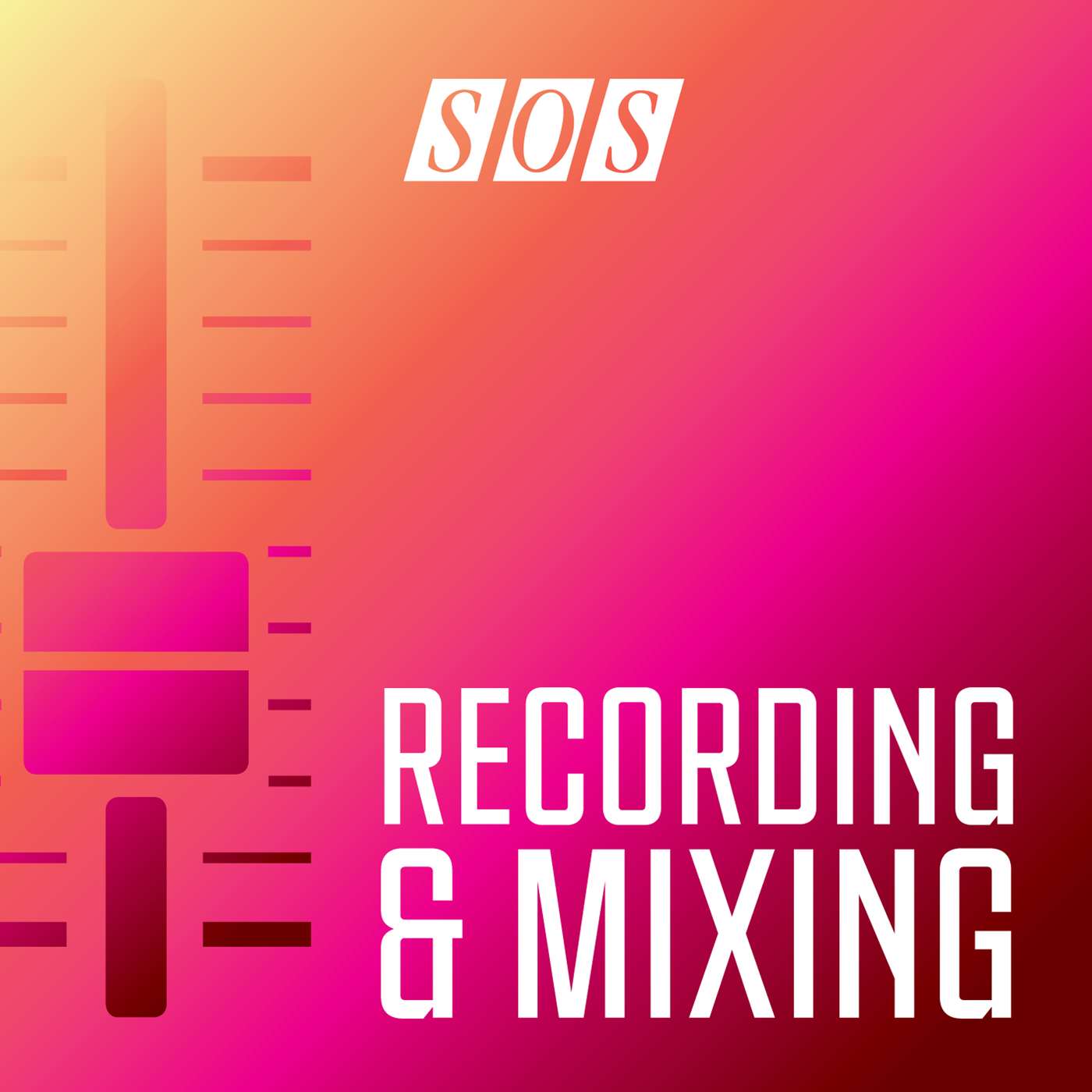
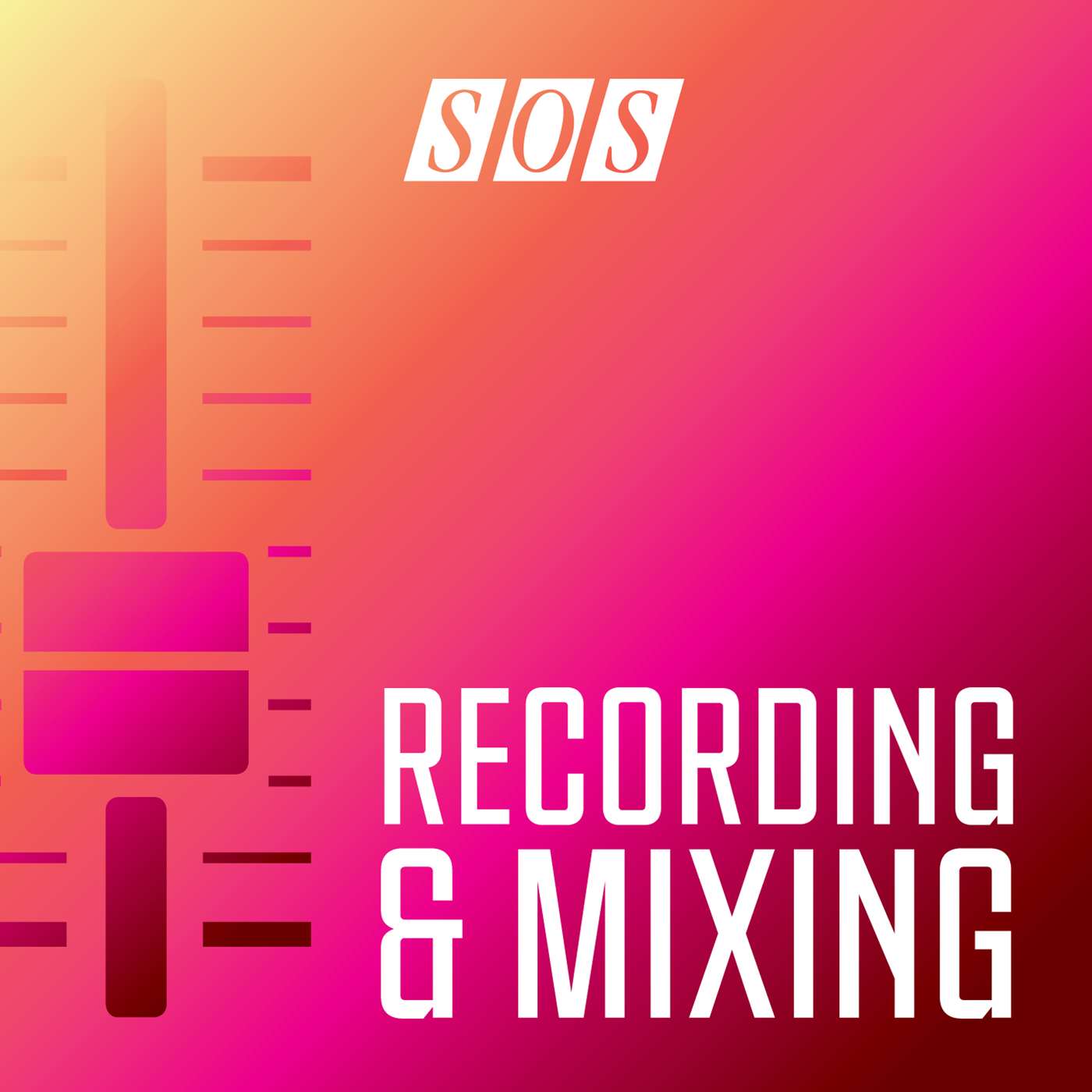

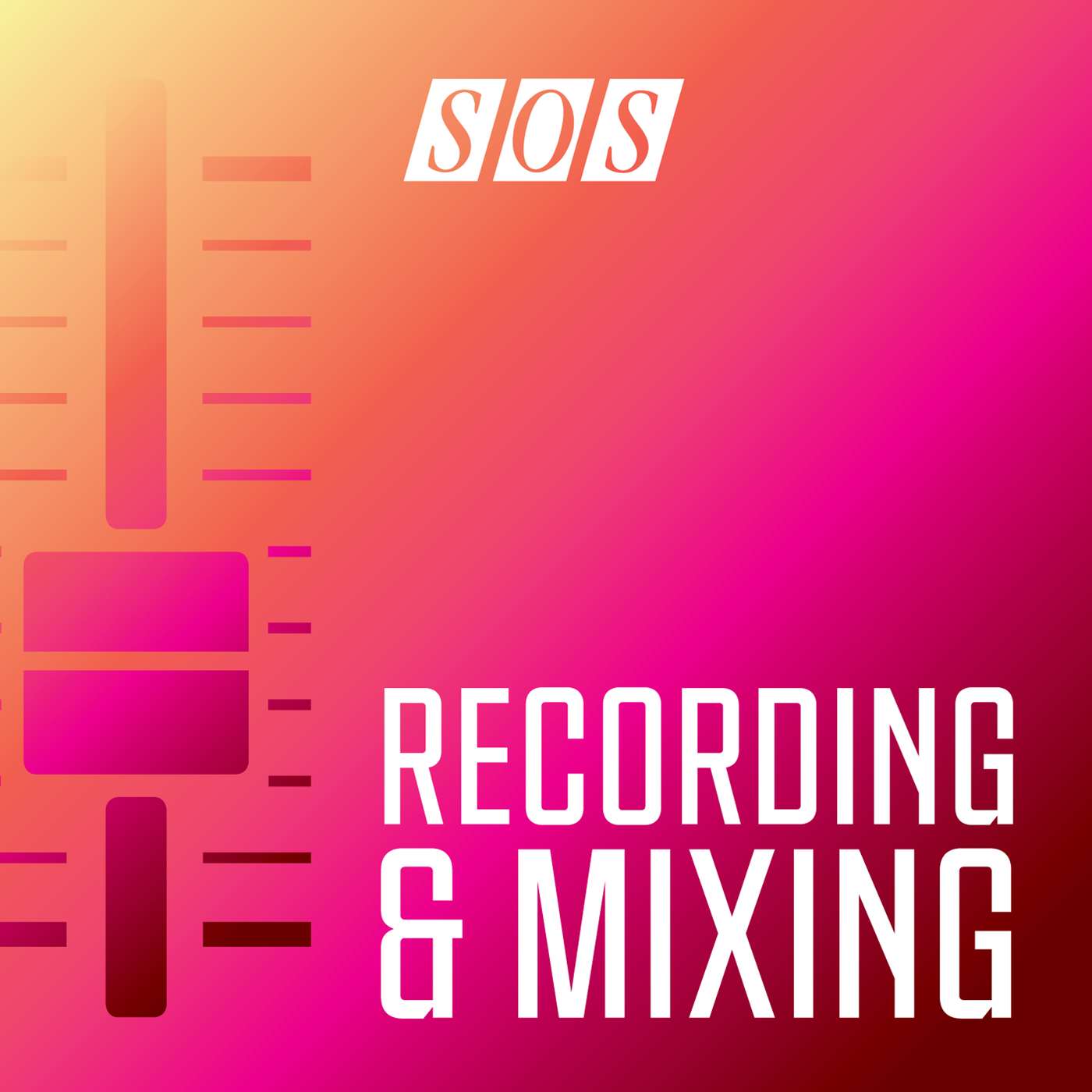
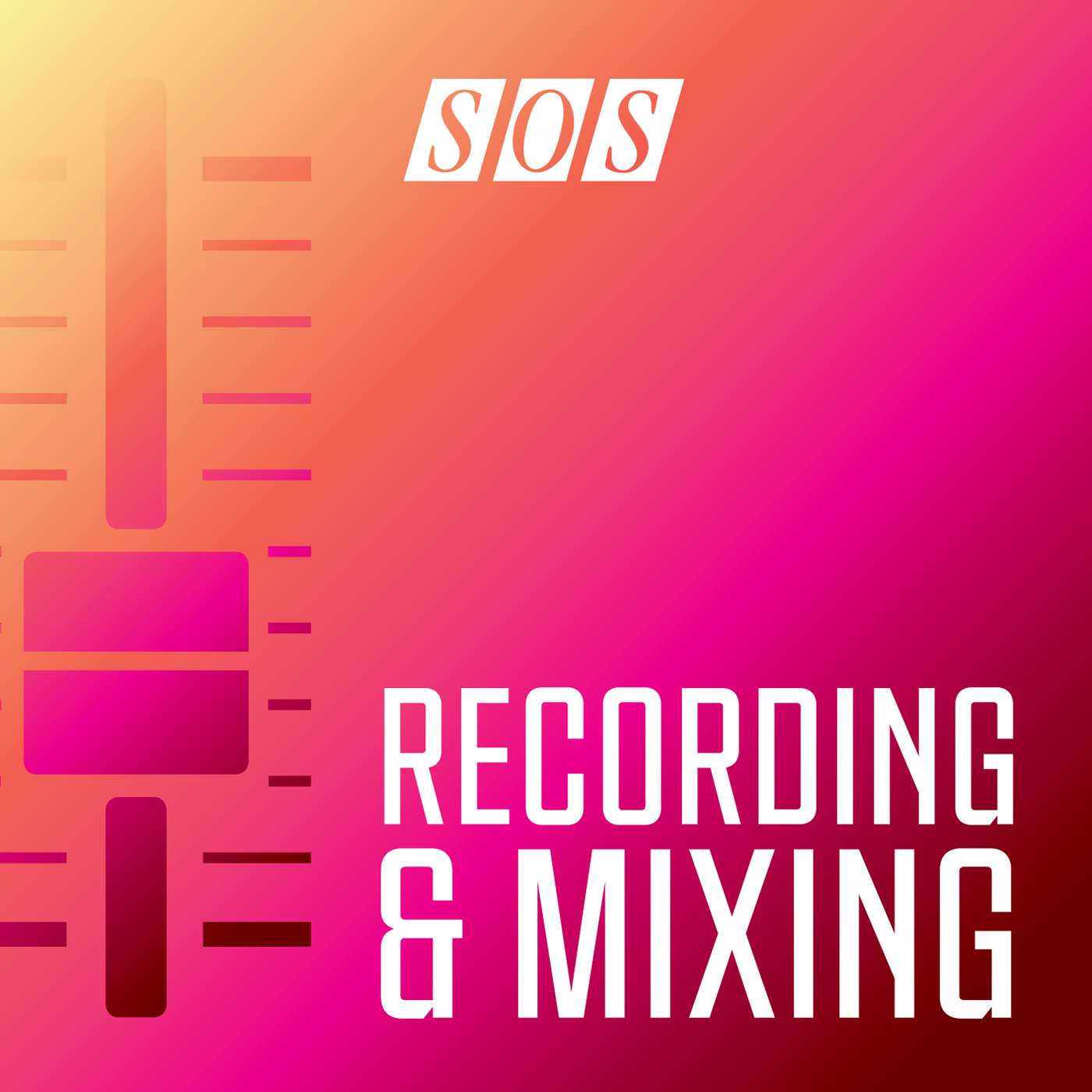
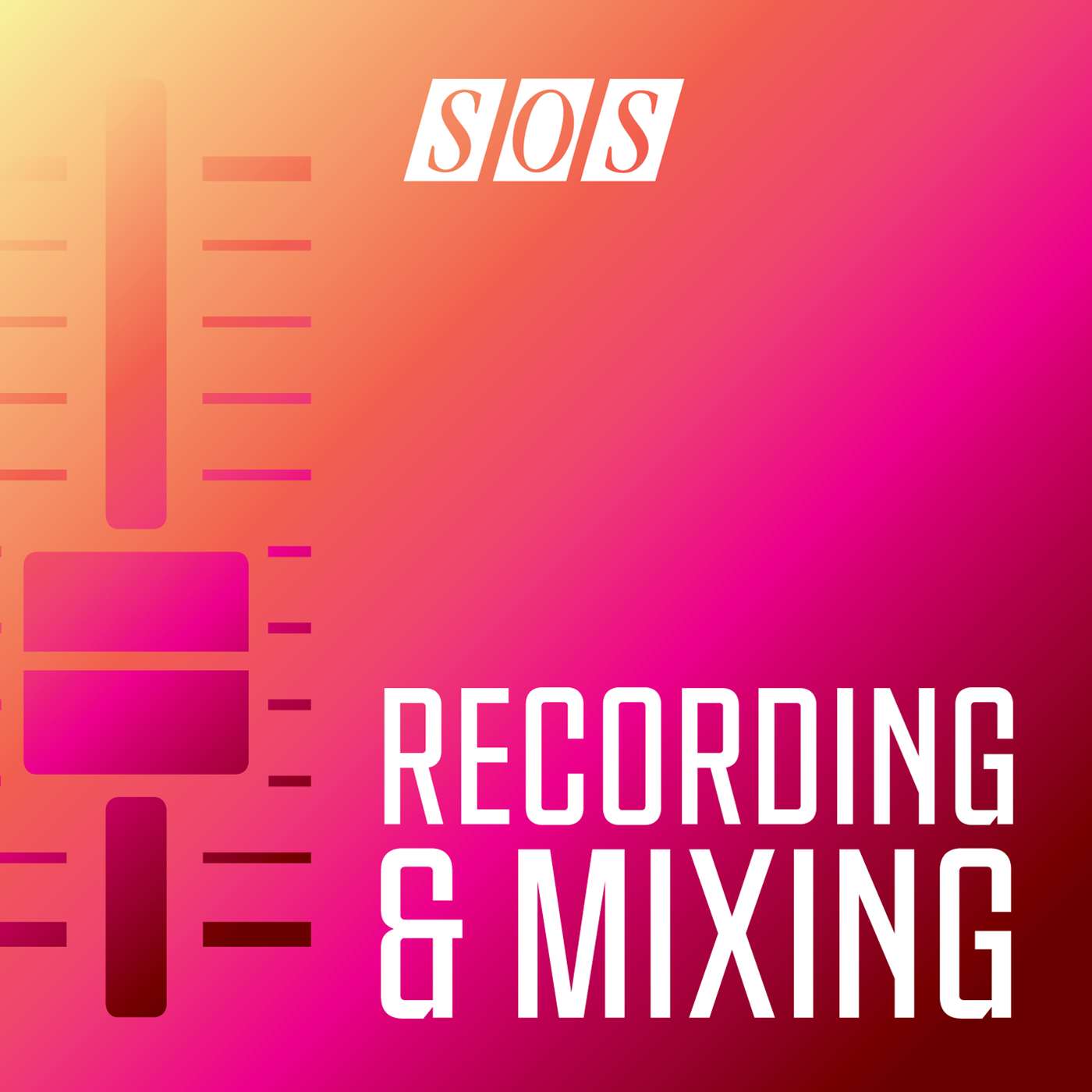
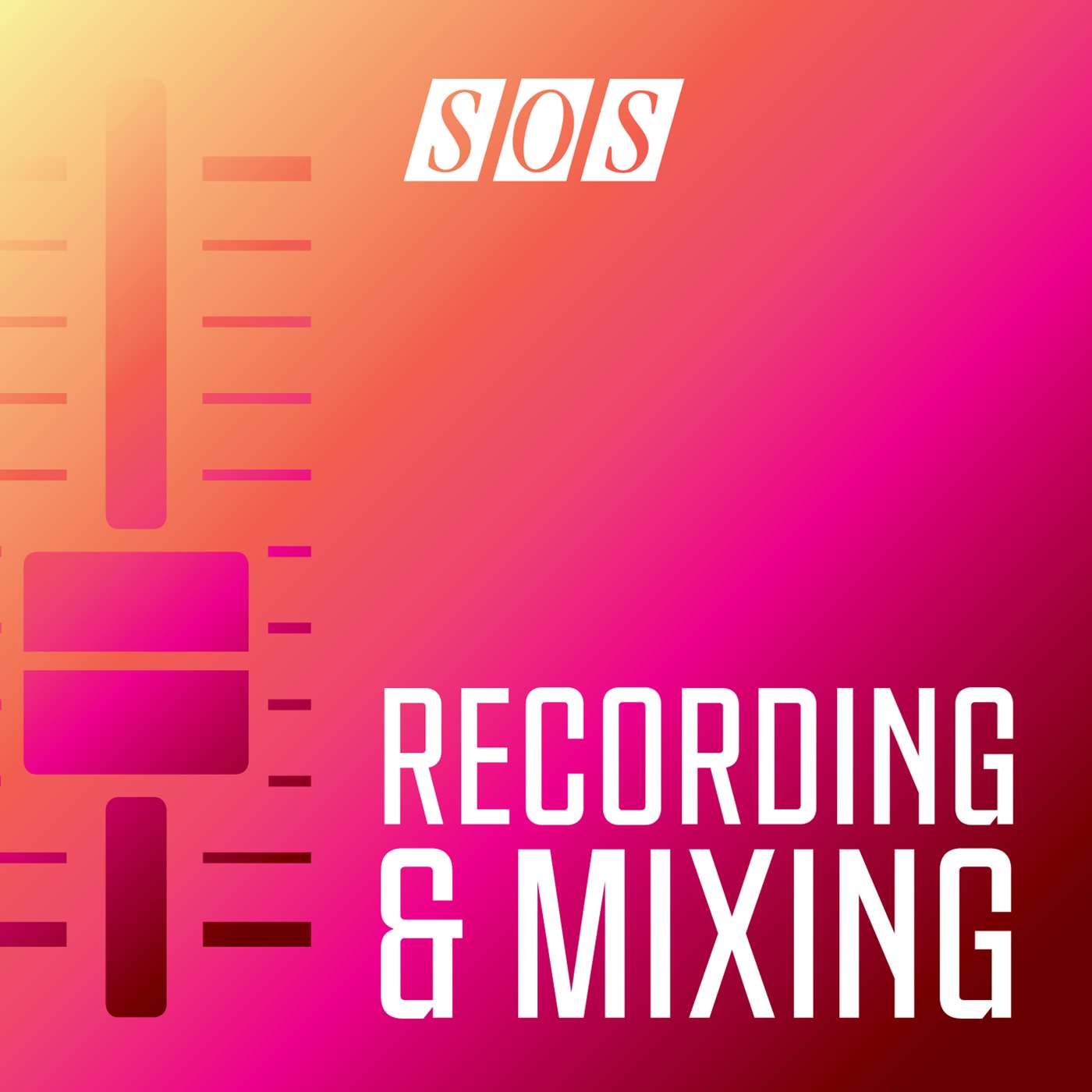
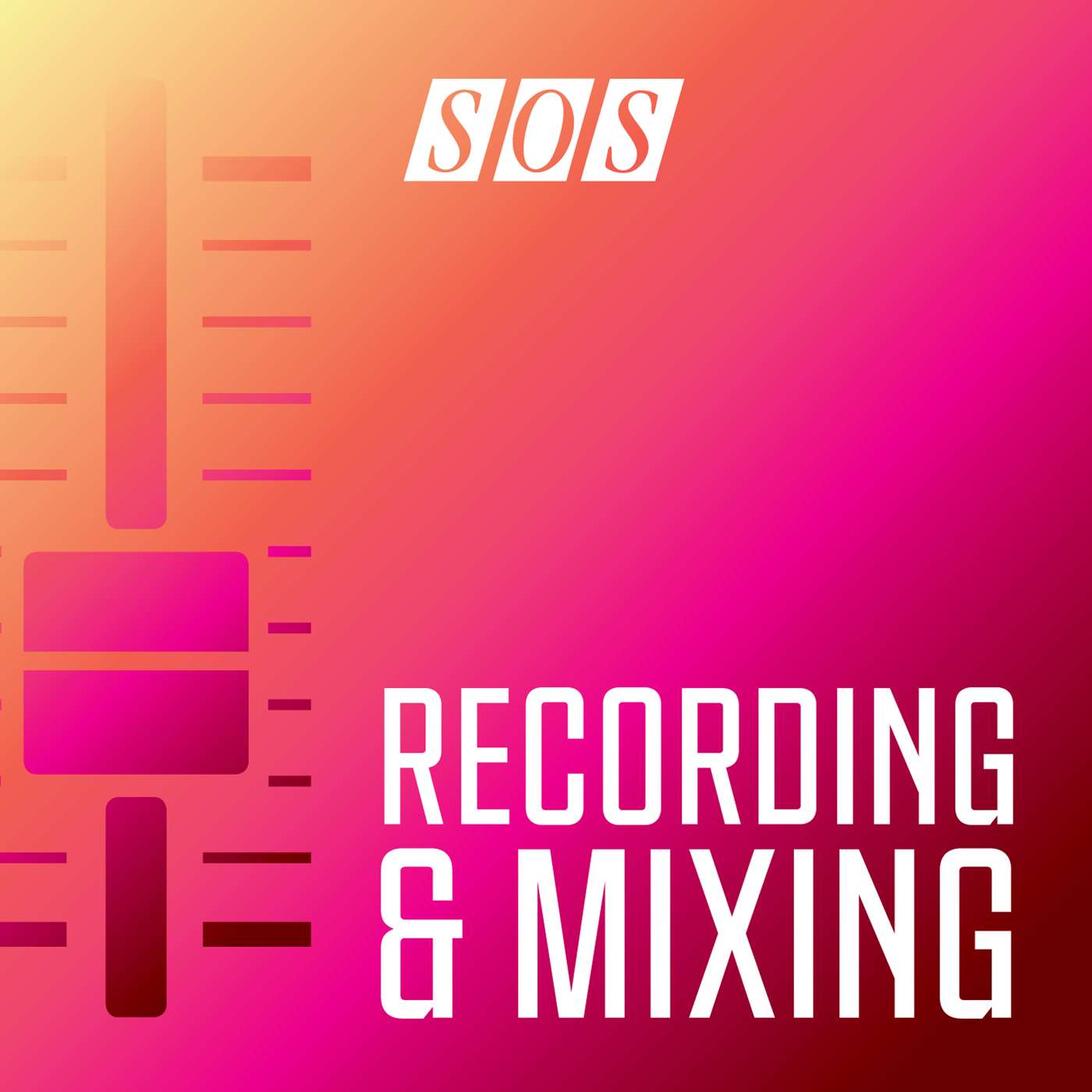
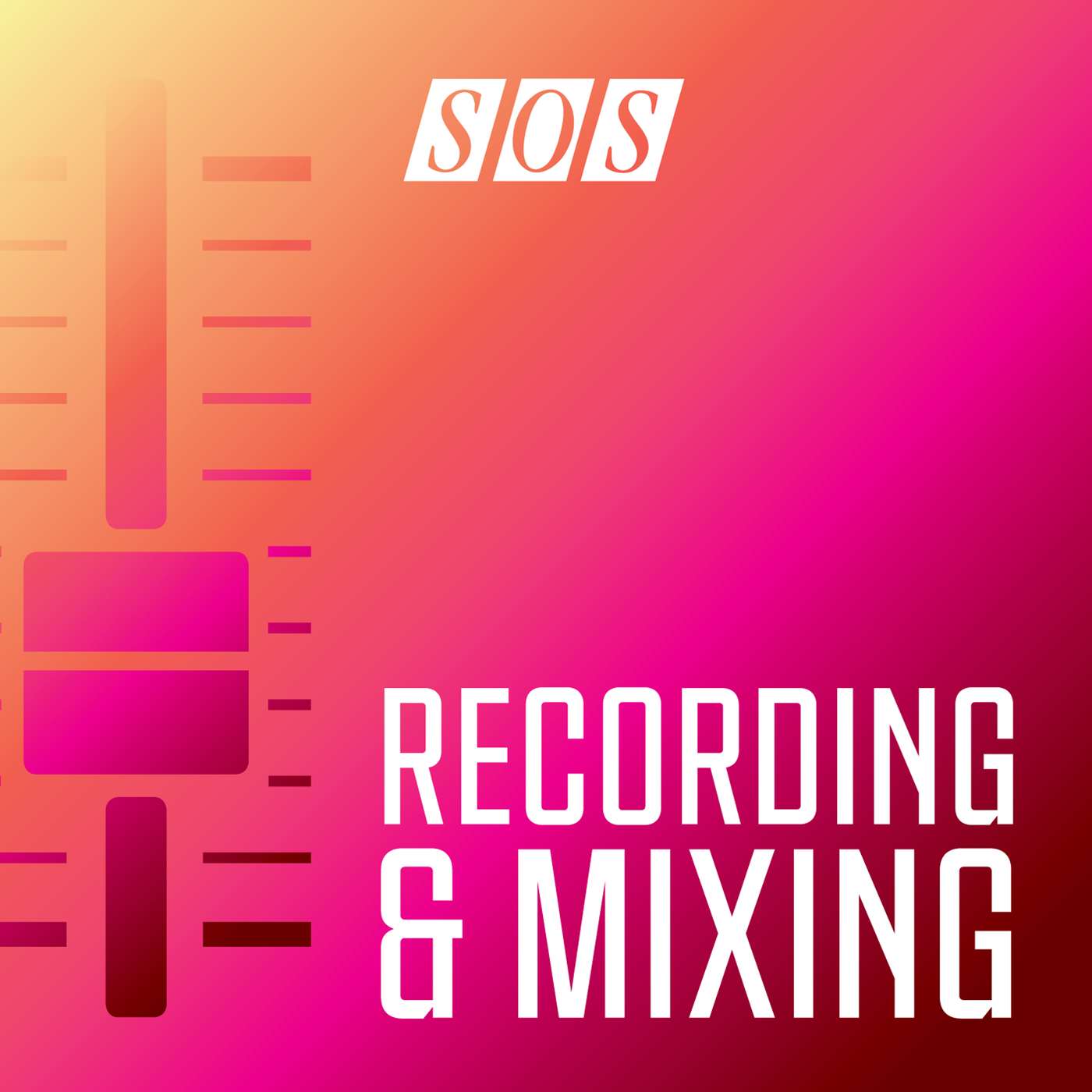

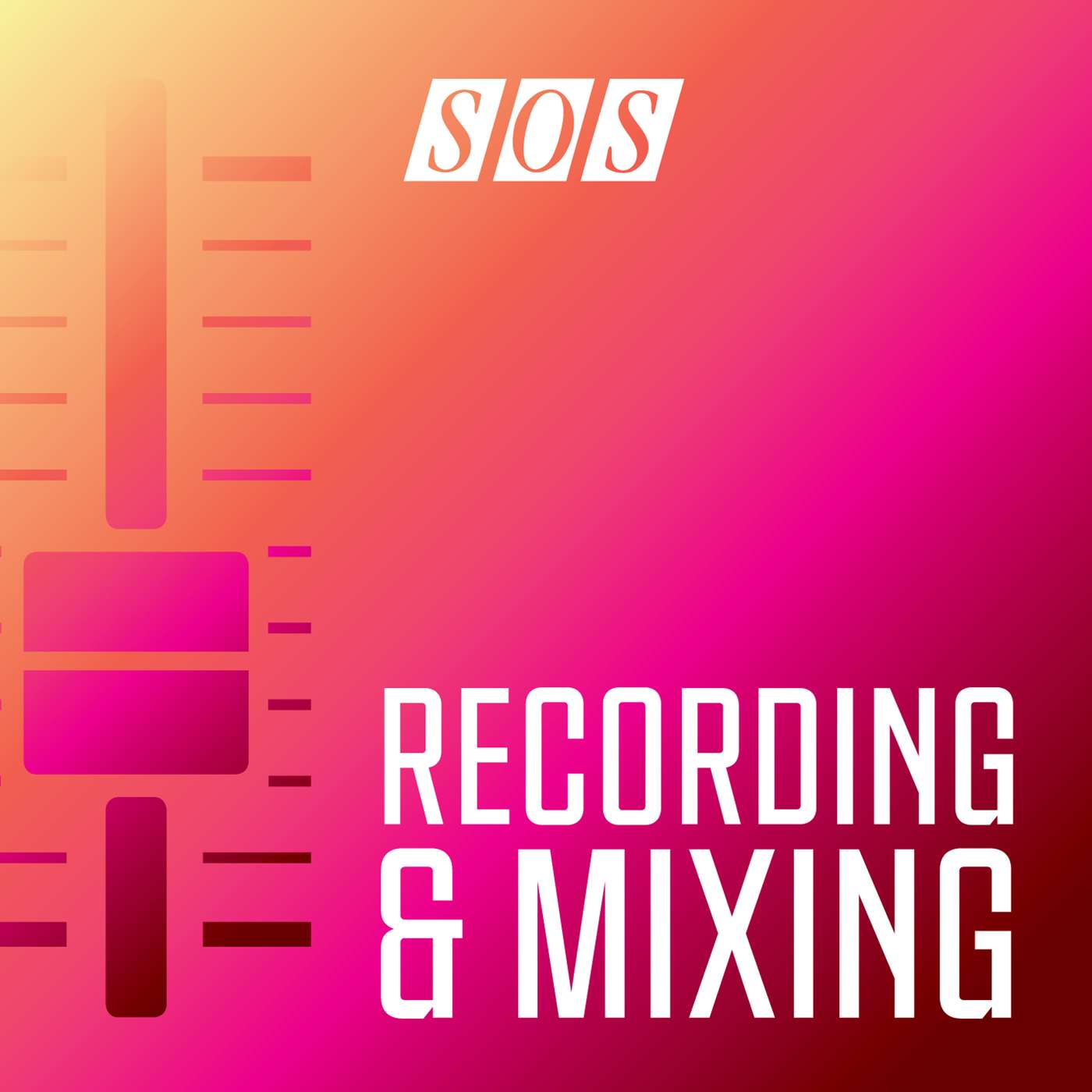
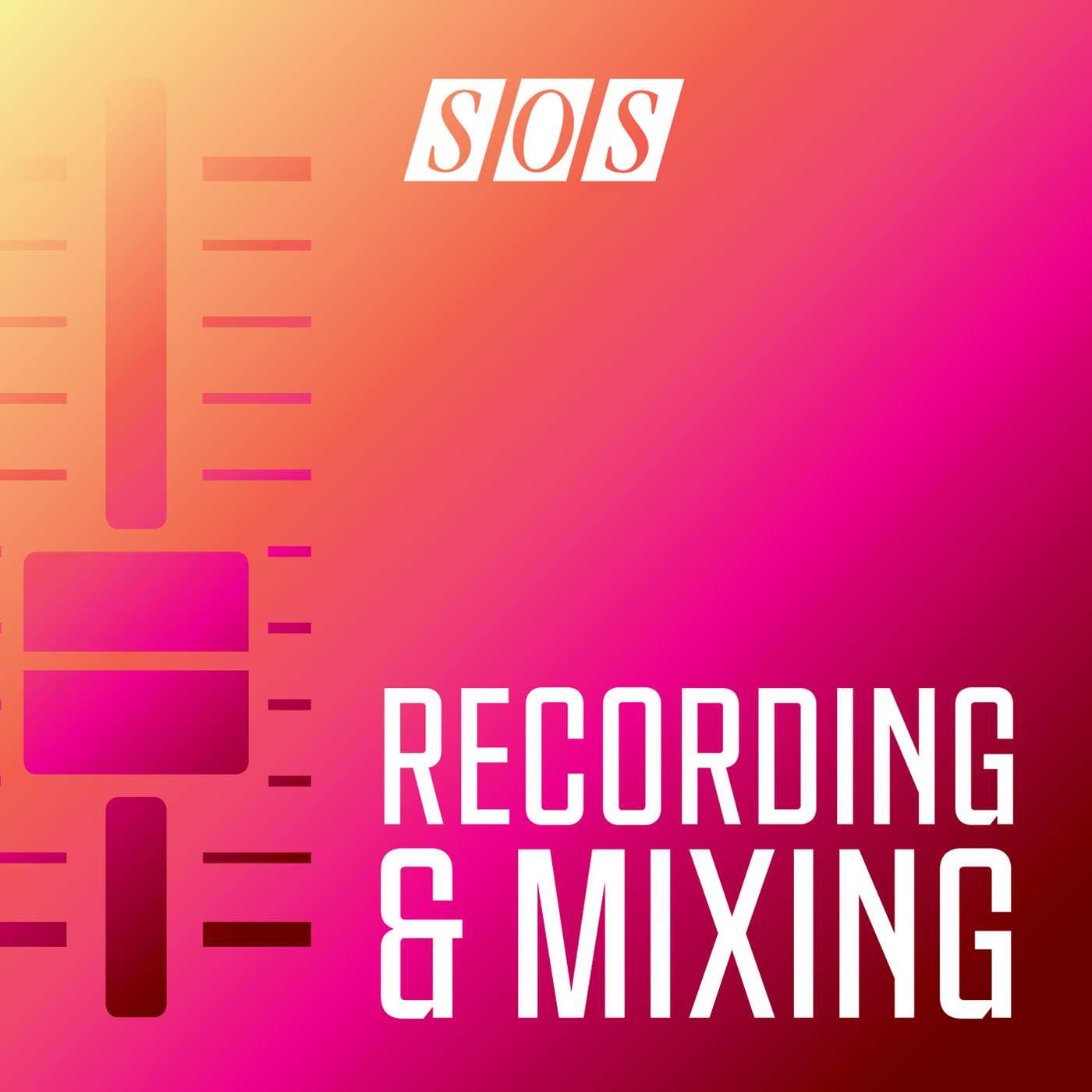
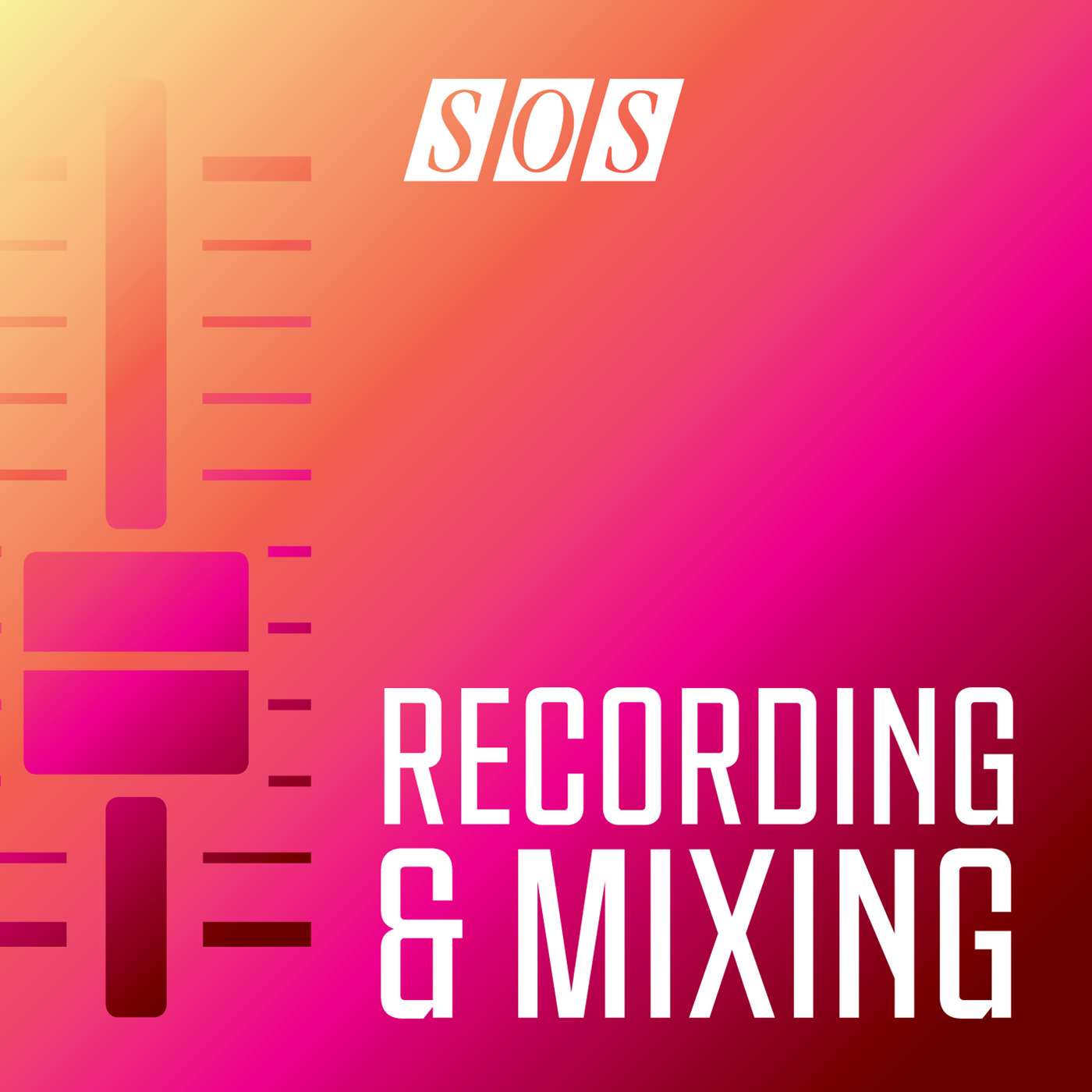
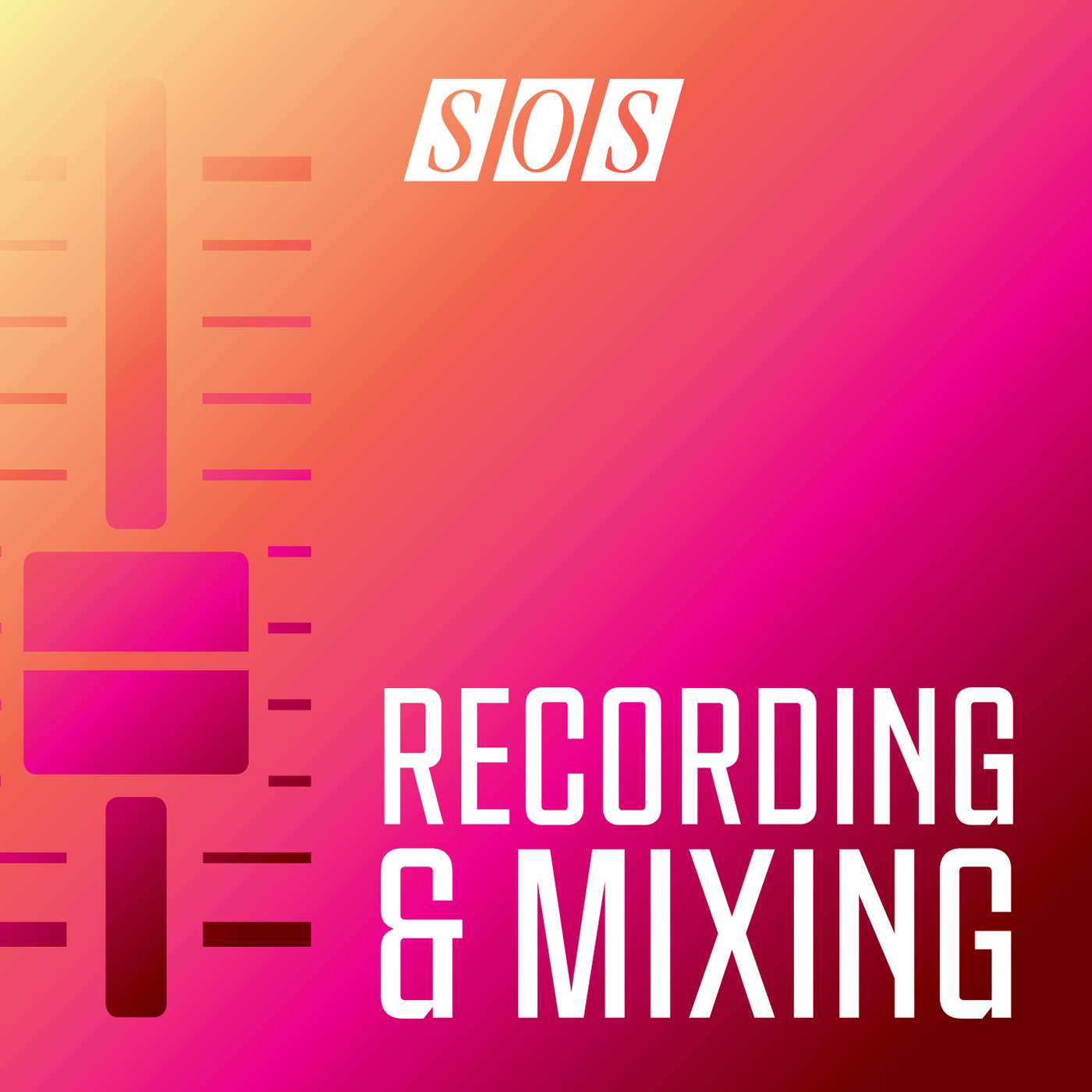
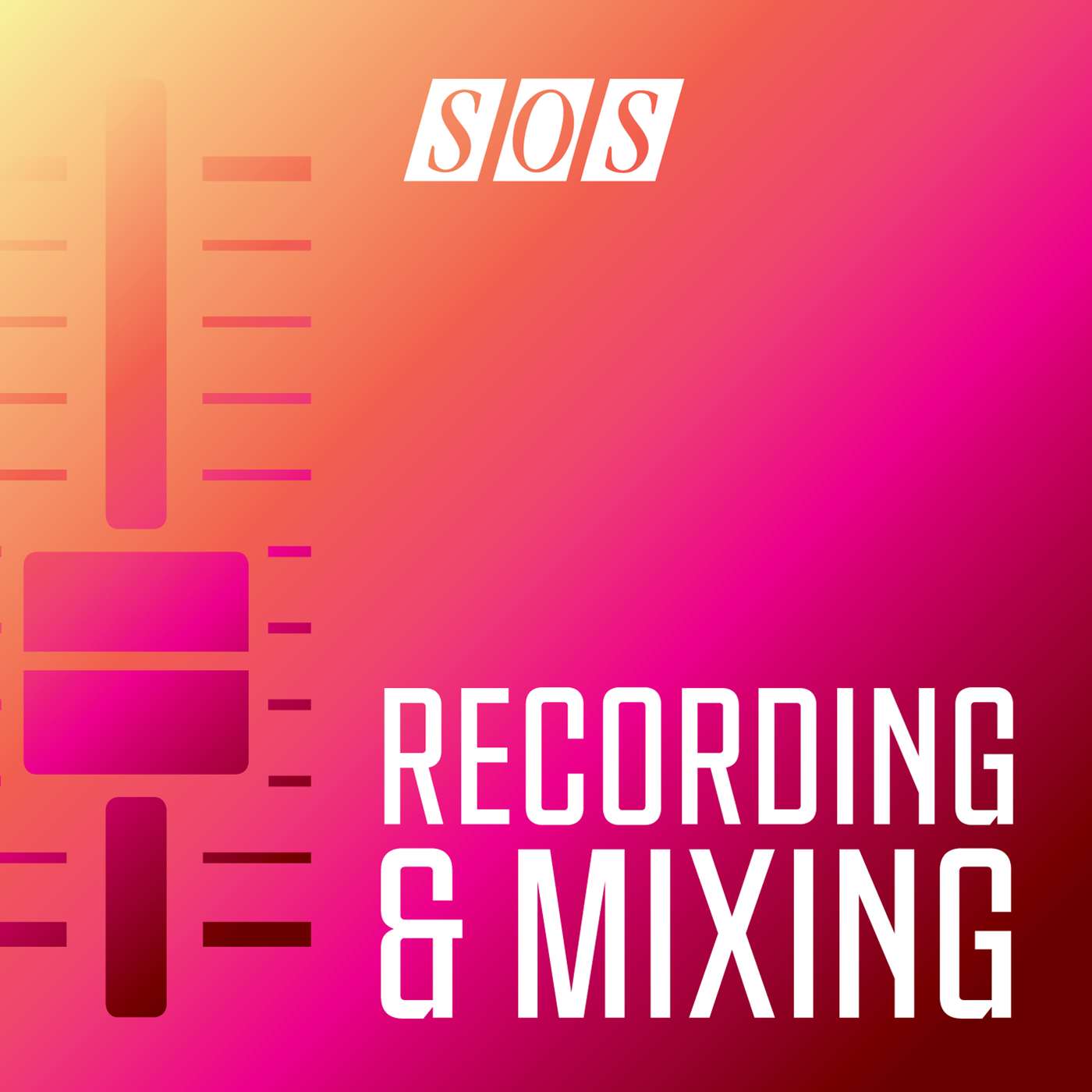

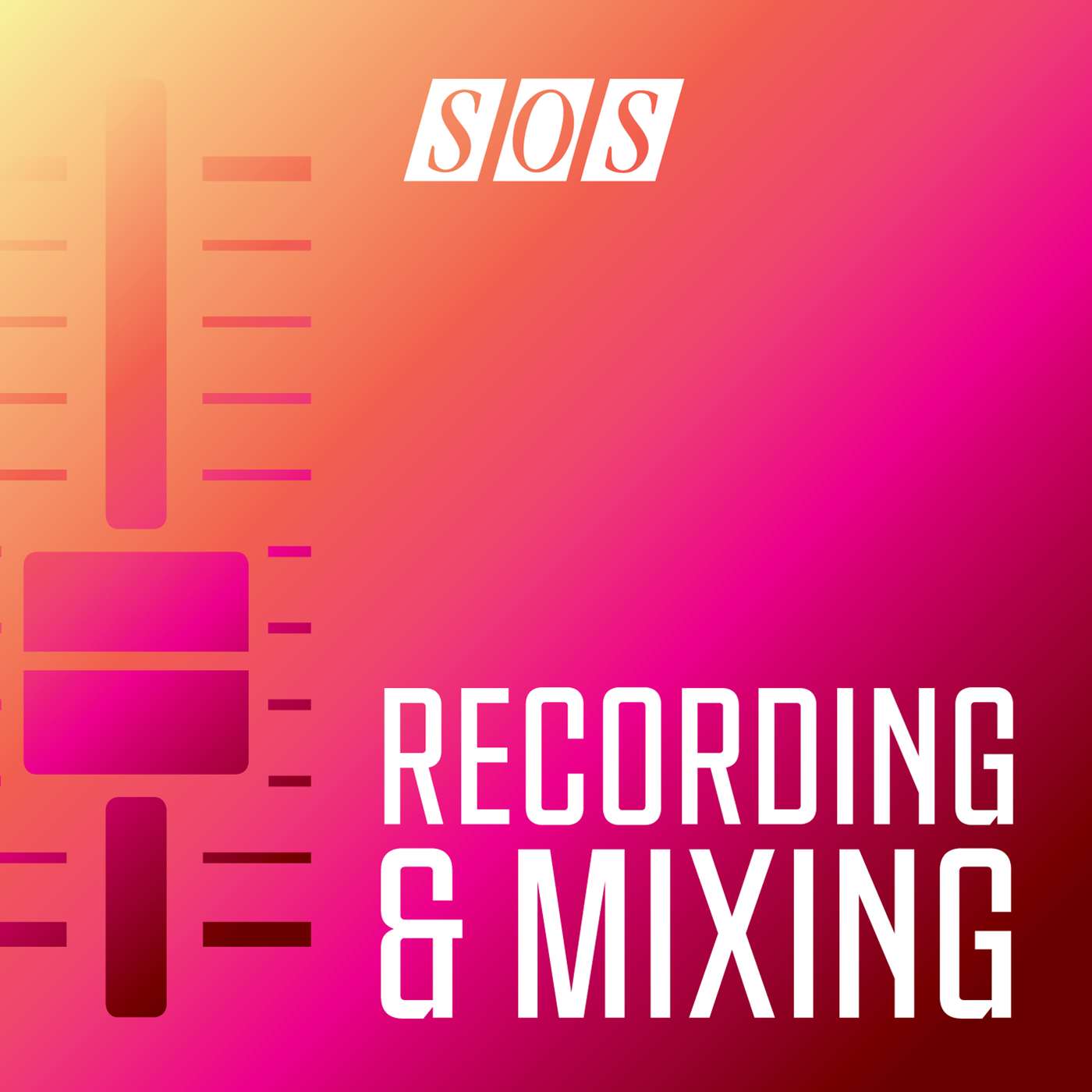
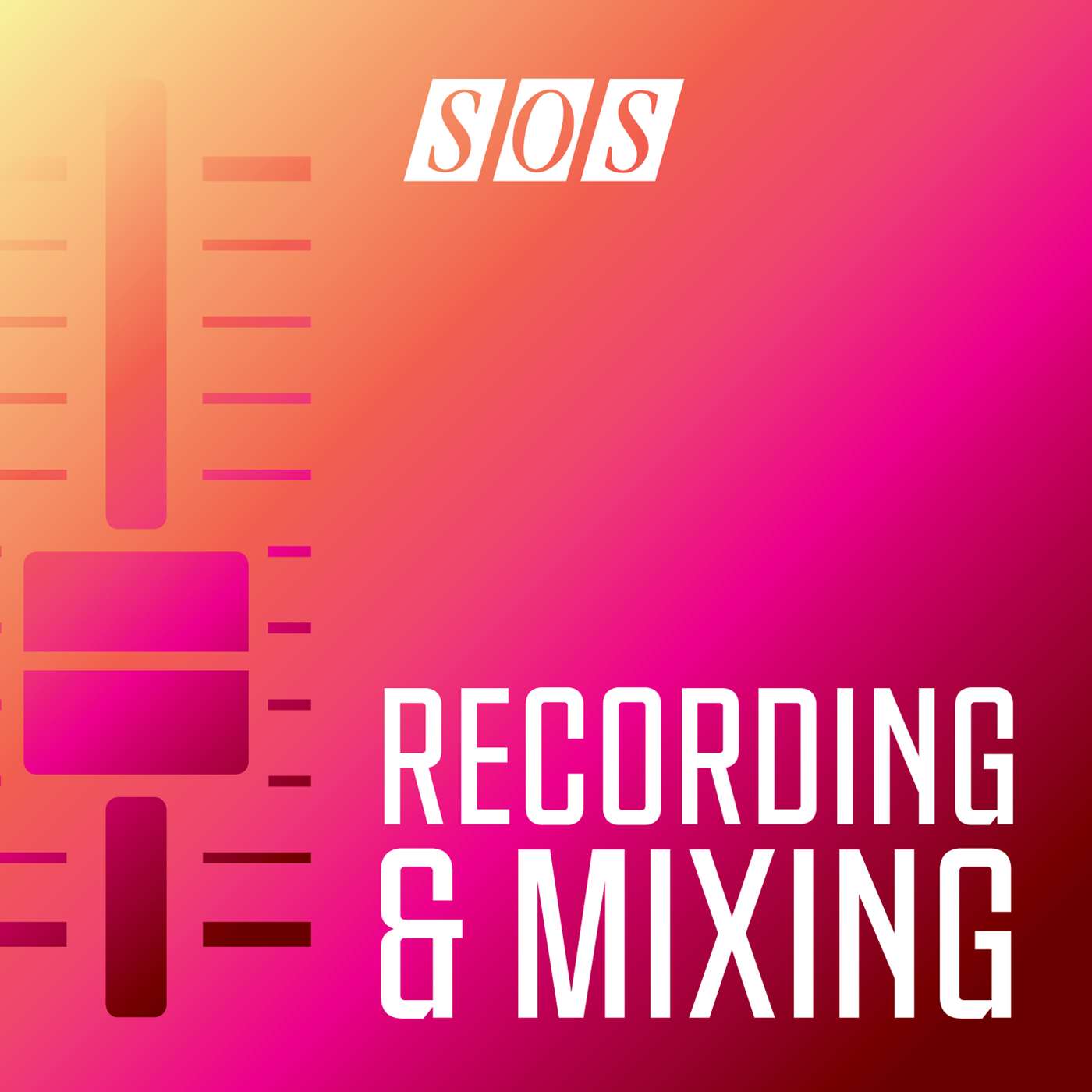
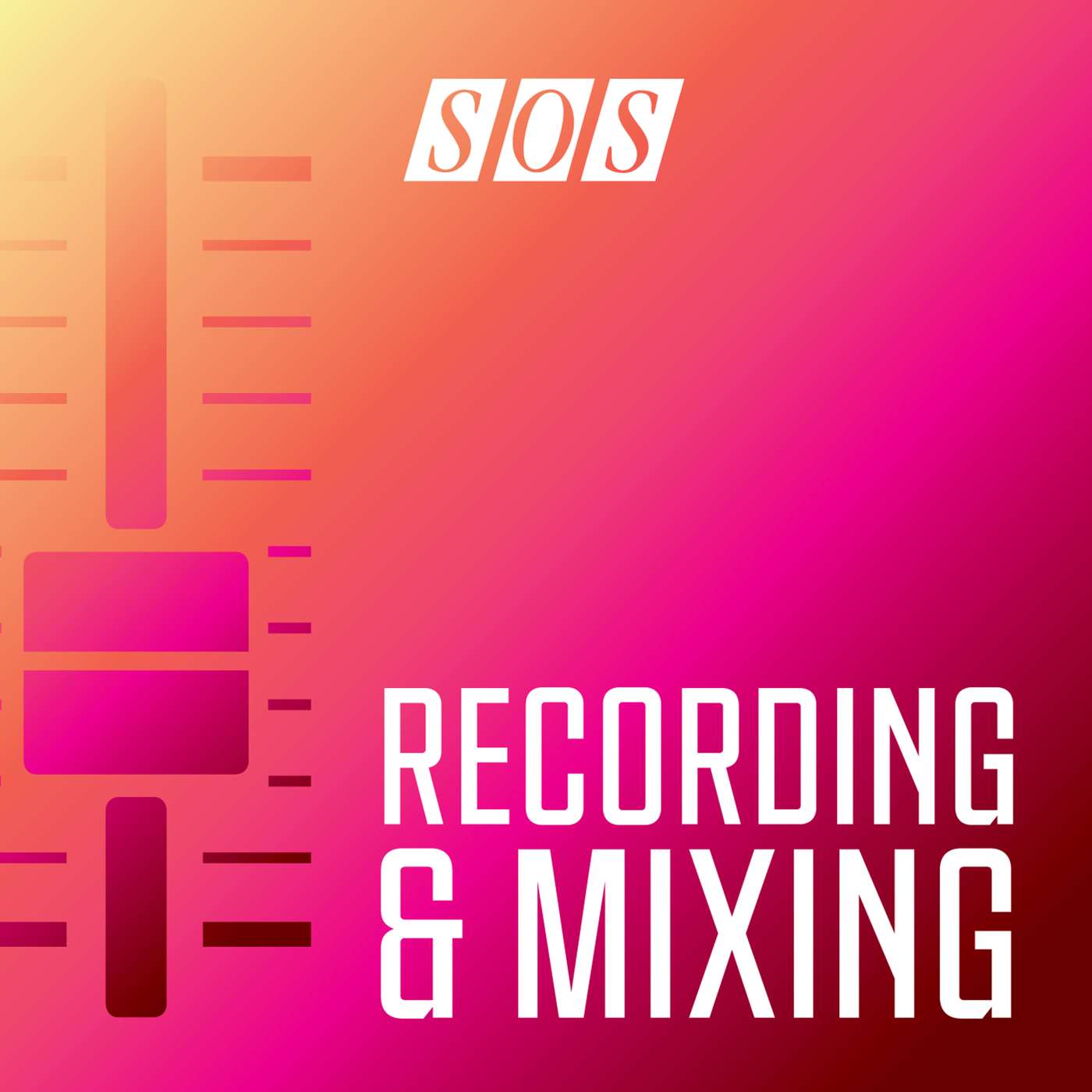




Thanks for this podcast. I have a pair of AR Rock Partners (cousin to the AR18s) and am considering a new set for A/B comparisons. What do you think of the Yamaha NS40's?
🤍🙏🏼🤍
This Recording and Mixing podcast with Mike Senior is so good. More episodes please! Keep up the awesome work!